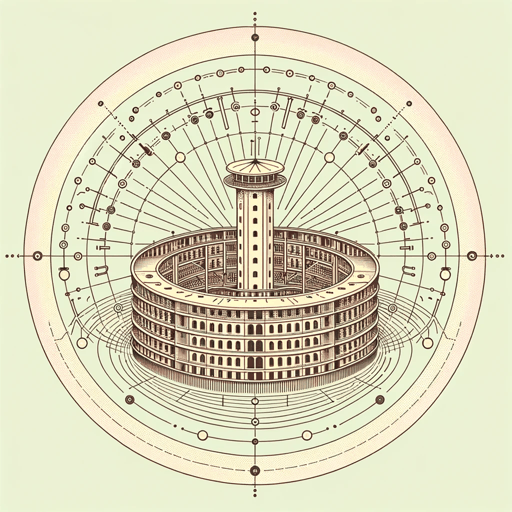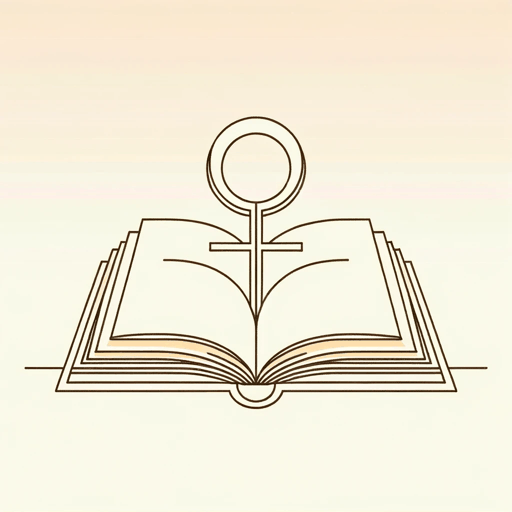60 pages • 2 hours read
Michel FoucaultThe Order of Things: An Archaeology of the Human Sciences
Nonfiction | Book | Adult | Published in 1966A modern alternative to SparkNotes and CliffsNotes, SuperSummary offers high-quality Study Guides with detailed chapter summaries and analysis of major themes, characters, and more.
Chapter 7Chapter Summaries & Analyses
Part 2
Chapter 7 Summary: “The Limits of Representation”
Chapter 7: “The Limits of Representation” marks the beginning of the second part of The Order of Things. The second part explores the 19th-century episteme, how it grew out of the Classical episteme, and how the 19th-century episteme extends into our own present. Chapter 7 examines the basis for the 19th-century episteme and applies it to the studies of language, organisms, and economy. Chapter 7 examines the exact moments of transition between the two epistemes. The chapter is broken into six parts.
In part one (“The Age of History”), Foucault looks at the importance of history as a concept in the 19th century. In the 19th century, everything was seen as having an internal history. This history of a language, or of an organism, or a nation’s economy was built around the evolution of its internal structures over time. These internal structures were things such as a language’s inflection, an organism’s organs, or the organization of an economy’s labor force. All of these internal histories of objects and things were woven together into an over-arching History of the world.
In part two (“The Measure of Labour”), Foucault explores the 19th century’s conception of political economy.
Related Titles
By Michel Foucault




